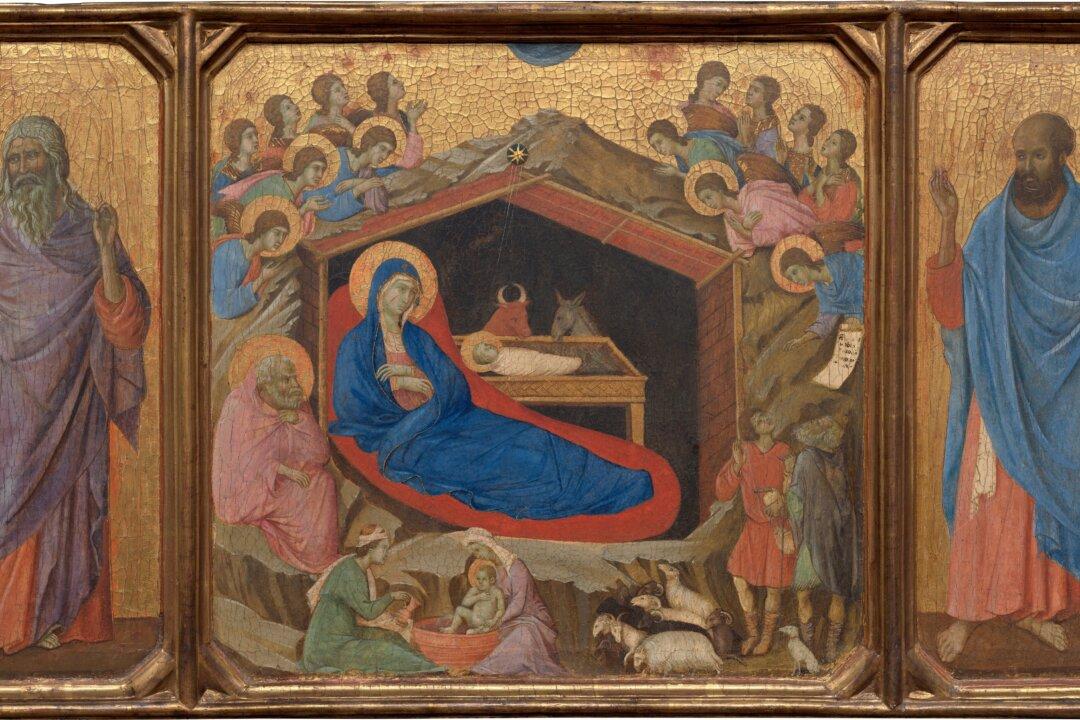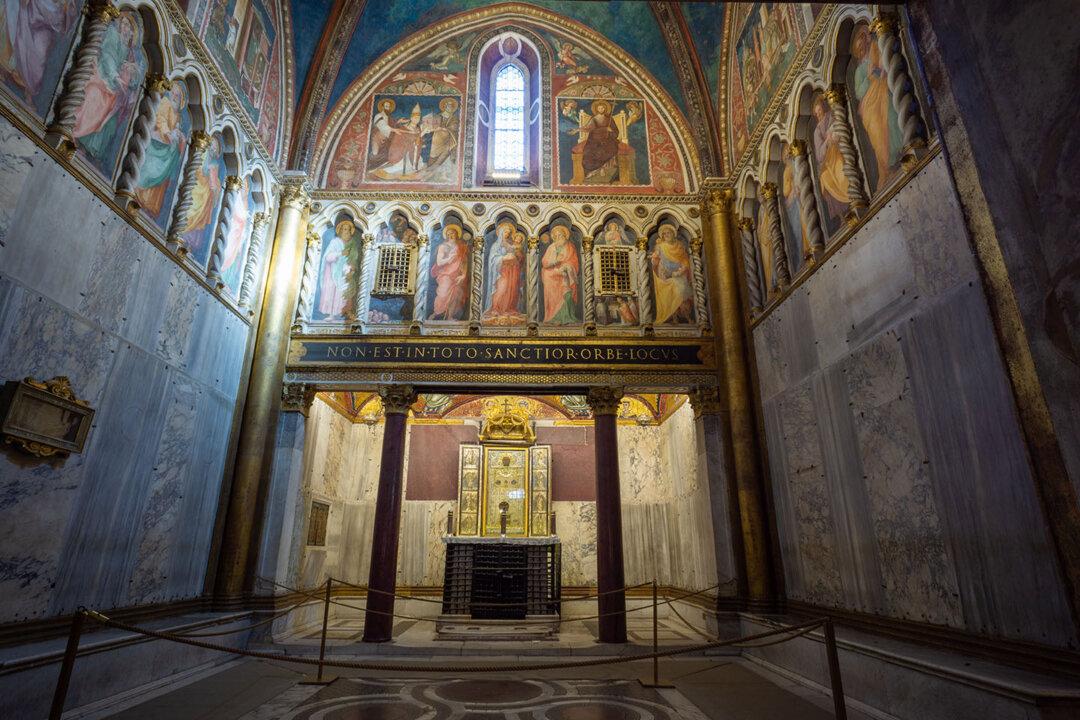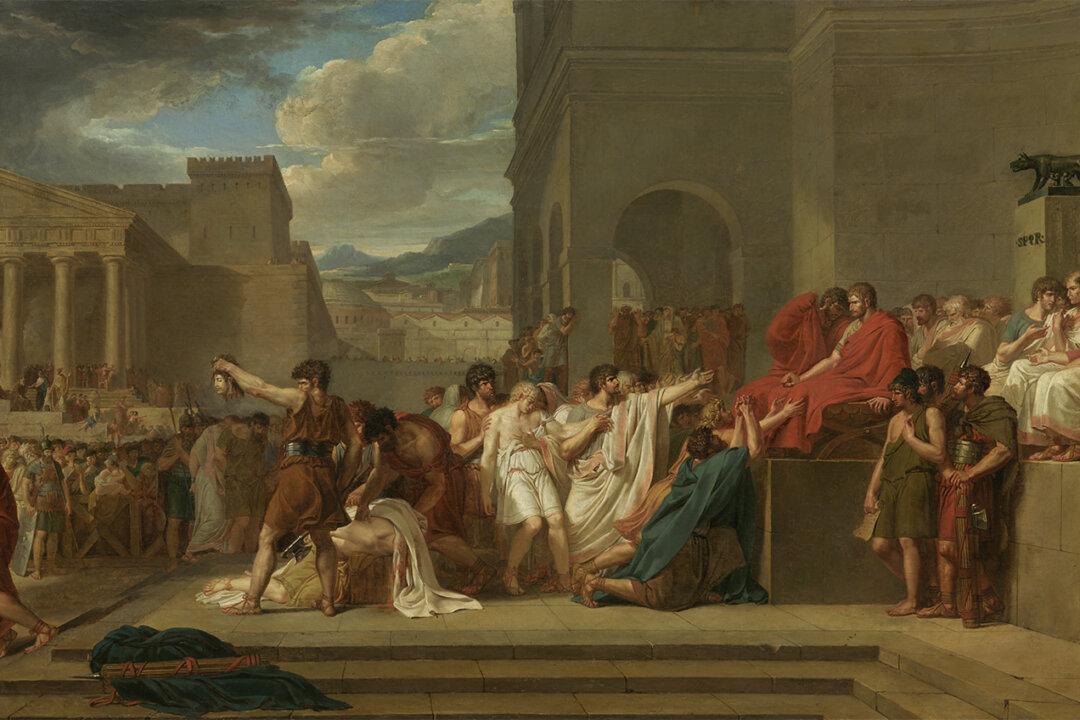Usually, we think of a library as a place filled with just books: bestselling novels, biographies of politicians, maybe the plays of Shakespeare. But when a library has been collecting for a long time, especially when given a wealth of resources, a kind of miracle occurs.
Rare manuscripts may be gathered together with a variety of artifacts to tell a once-buried history of our culture. Such is the fabulous collection now on view at the New York Public Library’s Polonsky Exhibition.





